Visit Panama City
The small isthmus nation of Panamá (Panama) is often referred to as “el centro del mundo, corazón del universo” (center of the world, heart of the universe). Its capital, Ciudad de Panamá (Panama City), offers stunning natural landscapes, a rich cultural scene, and a vibrant urban life. Let’s tour some of its must-see places and discover what makes it so special!
Questions This Article Answers
What should I visit in Panama City?
What happened to Panamá Viejo?
Where is Sir Francis Drake buried?
What is the Canal de Panamá?
What are the most popular neighborhoods in Panama City?
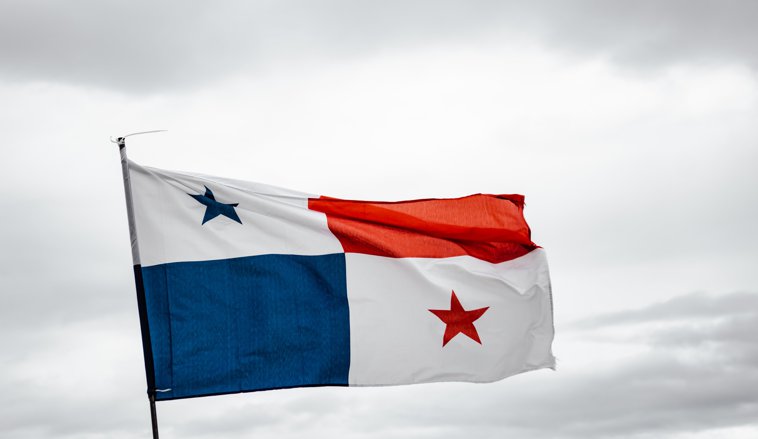
Panamá Viejo: A Glimpse into History
Our first stop is Panamá Viejo (Old Panama), where the ruins of the first Spanish settlement on the Pacific coast still stand. Once a bustling city, Panamá Viejo was sacked by the notorious Welsh pirate Henry Morgan in 1671. The fire that followed destroyed much of the city, and the site never recovered.
Today, visitors can wander around the ruins and marvel at the contrast between the old city and the modern city that surrounds it. Amidst the remnants of convents, houses, and other structures rises the iconic Torre de la Catedral (Cathedral Tower)—a lone sentinel that survived the centuries.
El Draque’s Final Resting Place
While Henry Morgan’s sack of Panama Viejo was the most successful pirate raid on the city, it was by no means the only one. Seventy years earlier, another famous privateer—Sir Francis Drake—led a daring raid on the town of Nombre de Dios (literally God’s Name) on the Caribbean coast, with the ultimate aim of launching a land attack on Panama City. Drake’s attack failed, and he died of dysentery shortly thereafter.
Upon his death, El Draque (The Dragon), as he was known by the Spanish, was dressed in full armor, placed in a lead coffin, and buried at sea off the coast of the port city of Portobelo (Portobelo). Despite multiple attempts, Drake’s coffin has never been found, and the search for the corsair’s final resting place continues to captivate treasure hunters and maritime archaeologists alike!
Casco Viejo: Where Old Meets New
A few years after Morgan destroyed the original settlement, the city was moved to what is now Casco Viejo or Casco Antiguo (Old Quarter), the historic district of Panama City. A Patrimonio de la Humanidad de la UNESCO (UNESCO World Heritage Site), the district is a treasure trove of colonial architecture, colorful streets, and cultural charm. Stroll through cobblestone streets lined with pastel-hued buildings, boutique shops, and charming cafes. The diverse architectural styles you’ll encounter, from colonial español (Spanish Colonial) to neoclásico (Neoclassical) and art déco (Art Deco), reveal the layers of the city's history.
Today, the quarter seamlessly fuses the city's rich history with contemporary galleries, trendy restaurants, and the best vida nocturna (nightlife) in the city. Don't miss the chance to explore the museums and historic plazas and catch a glimpse of the city's evolving skyline from the waterfront!
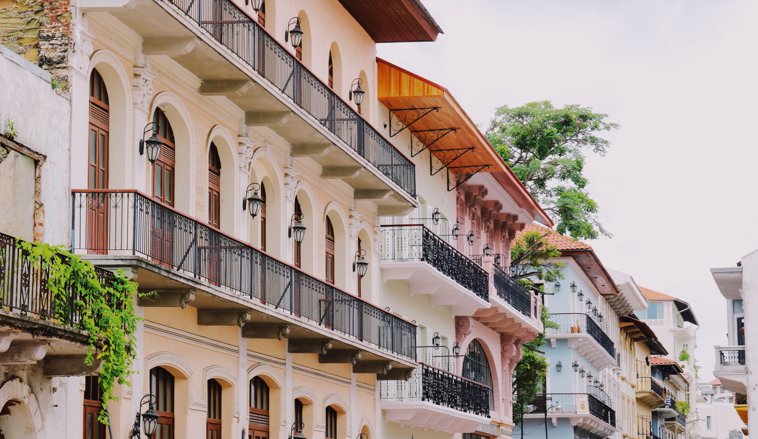
Check out the following table to see just a few of the places you should visit in Casco Viejo!
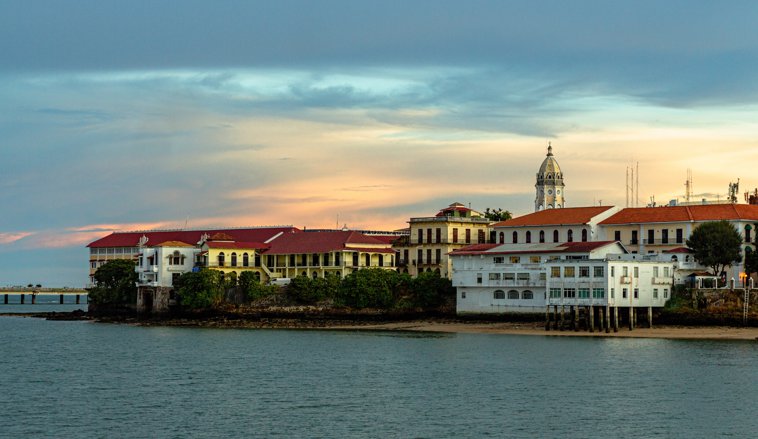
Canal De Panamá: Engineering Marvel
No visit to Panama City is complete without experiencing the marvel that is the Canal de Panamá (Panama Canal). There, you'll witness the intricate engineering that allows colossal ships to navigate the narrow passage connecting the Atlantic and Pacific Oceans. Head to the Centro de Visitantes de Miraflores (Miraflores Visitor Center) to watch ships pass through the esclusas (locks) and learn about the canal's history through exposiciones interactivas (interactive exhibits).
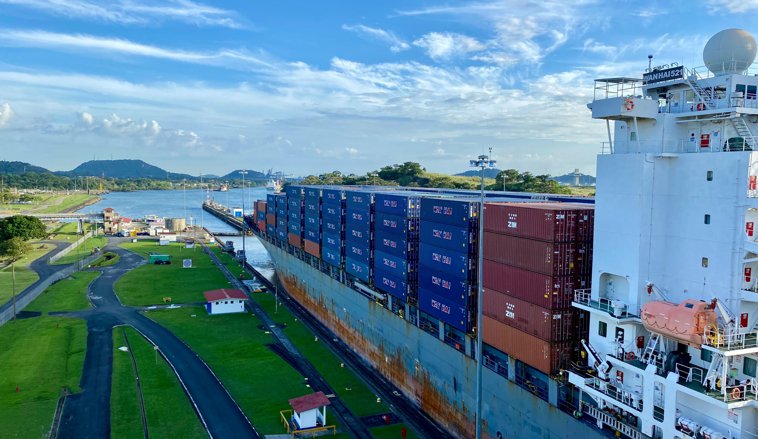
Calzada De Amador: A Waterfront Escape
The Calzada de Amador (Amador Causeway) is a picturesque waterfront escape just a stone's throw from the heart of Panama City. It’s named after Panama’s first president, Manuel Amador Guerrero.
This scenic roadway, which many locals simply call El Causeway (The Causeway), connects the mainland to three small islands: Naos (an old Spanish word meaning Vessels), Perico (Parrot), and Flamenco (Flamenco). It's a favorite among both locals and visitors seeking a tranquil retreat with stunning views of the city skyline and the Pacific Ocean. Walk, jog, or bike along the Causeway's pathways while taking in the refreshing sea breeze. At the end of the pathway, Isla Flamenco offers a lively marina where you can find an array of restaurants and shops.
Oh, and while you're there, be sure to check the Biomuseo (Biomuseo), a natural history museum designed by Canadian architect Frank Gehry!
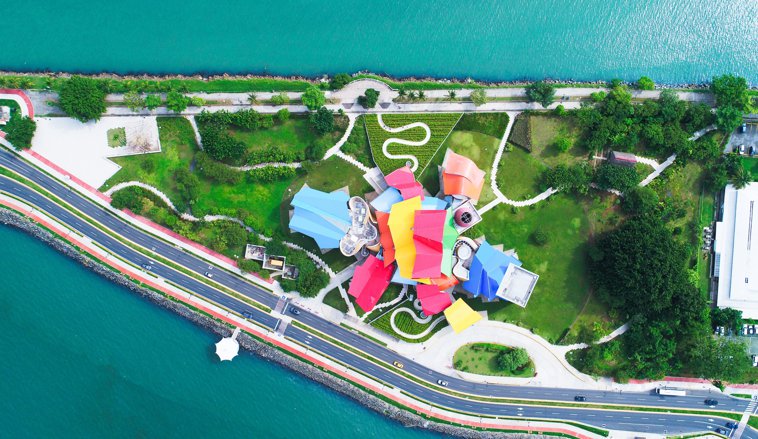
Cerro Ancón: A Hike to Serenity
Towering over Panama City, Cerro Ancón (Ancon Hill) is an oasis of green amidst the urban sprawl. The hill, adorned with the iconic bandera panameña (Panamanian flag) at its summit, is an easy 30-minute climb, so feel free to bring your kids or pets along for the hike!.
As you hike up the paved path, you're rewarded with glimpses of local wildlife—perezosos (sloths), tucanes (toucans), and venados (deer), to name a few. When you reach the top, take a minute to enjoy the panoramic views of the city, the canal, and the distant islands.
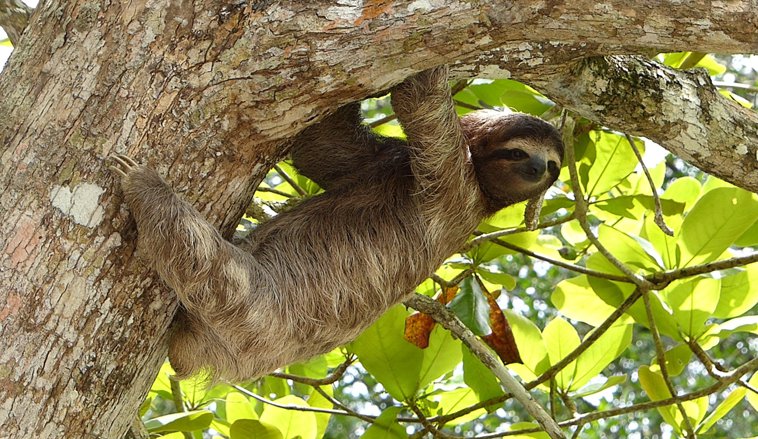
If you’re ready to climb Cerro Ancón, here are a few of the animals you might spot:
| Spanish | English |
|---|---|
| perezoso | sloth |
| tucán | toucan |
| venado | deer |
| armadillo | armadillo |
| gato solo | coati (literally, lonely cat) |
| mono tití | Geoffroy's tamarin (literally, titi monkey) |
Gamboa: Rainforest Adventure
Farther away from the city, and deep within the embrace of the Parque Nacional Soberanía (Soberania National Park) lies the town of Gamboa (Gamboa), which serves as the gateway to some of Panama’s most pristine rainforests. Famous for its rich biodiversity, it's a paradise for birdwatchers, nature enthusiasts, and those looking to immerse themselves in the wilderness. Glide along the río Chagres (Chagres River) on a boat tour and witness the diverse wildlife that frequents its banks. If you’re not afraid of heights, hop over to the Gamboa Rainforest Resort and take its canopy tram tour to get unbelievable views of the area.
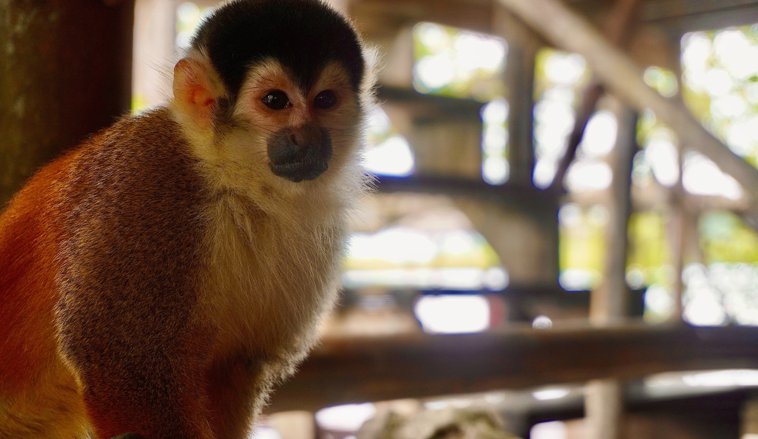
Isla De Taboga: The Island of Flowers
Just a short ferry ride from Panama City lies Isla de Taboga (Taboga Island), often dubbed the Isla de las Flores (Island of Flowers) for its lush tropical blooms. Perfect for a weekend getaway, this island offers pristine beaches, turquoise waters, and a history that dates back to the time of conquistadors. Stroll through the quaint village and visit the Iglesia de San Pedro (St. Peter’s Church), one of the oldest churches in the western hemisphere. Whether you're seeking a sun-soaked retreat or a hike up its verdant trails, it's a must-go!
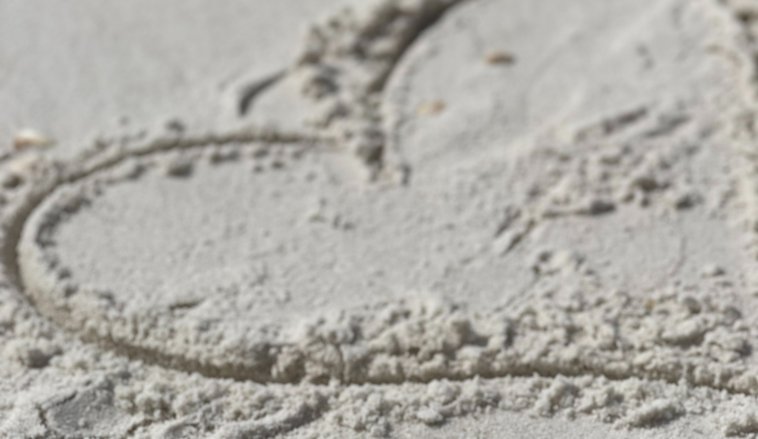
Panama City's Urban Heartbeat
Last but not least is the modern city itself! Panama City’s urban core has grown rapidly in the past 20 years, and it now offers a lively blend of the modern and the historic. Let’s explore some of the most popular neighborhoods.
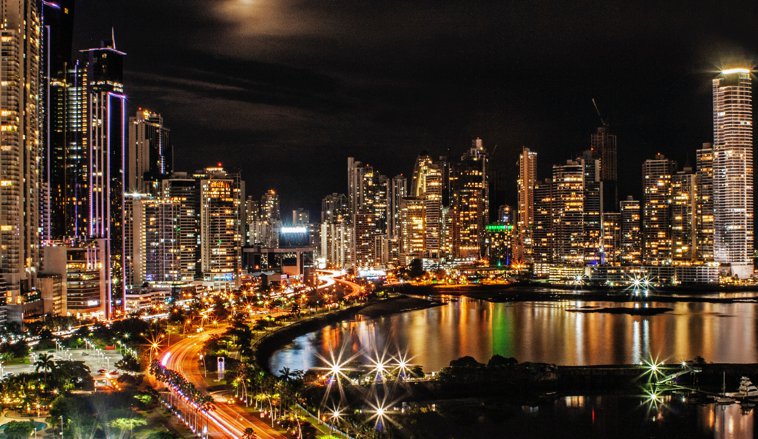
Did all this talk about Ciudad de Panamá spark your travel curiosity? Check out the following articles for more great destinations to consider!














